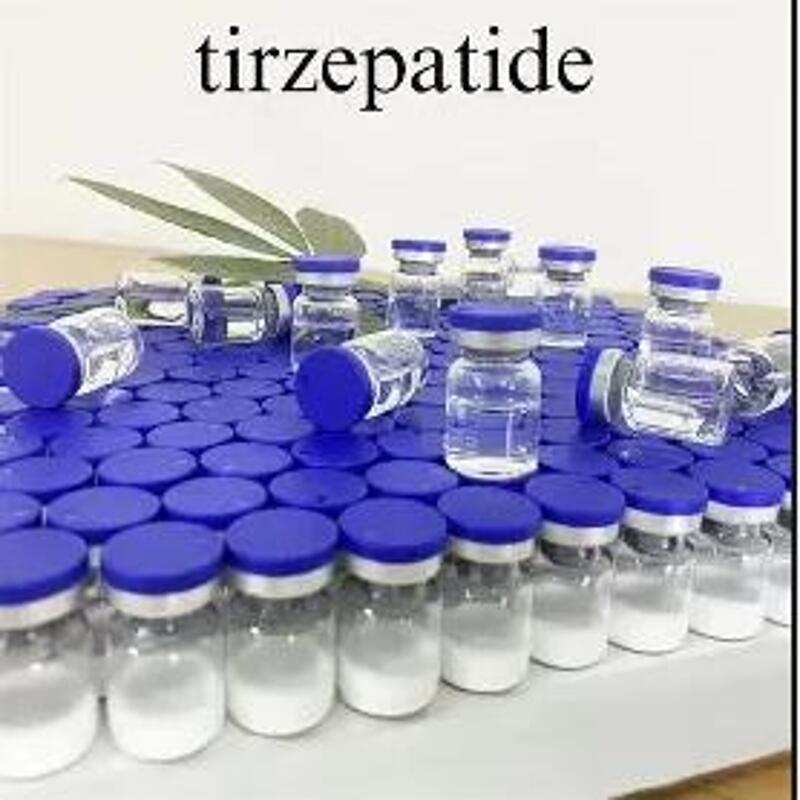-
Categories
-
Pharmaceutical Intermediates
-
Active Pharmaceutical Ingredients
-
Food Additives
- Industrial Coatings
- Agrochemicals
- Dyes and Pigments
- Surfactant
- Flavors and Fragrances
- Chemical Reagents
- Catalyst and Auxiliary
- Natural Products
- Inorganic Chemistry
-
Organic Chemistry
-
Biochemical Engineering
- Analytical Chemistry
-
Cosmetic Ingredient
- Water Treatment Chemical
-
Pharmaceutical Intermediates
Promotion
ECHEMI Mall
Wholesale
Weekly Price
Exhibition
News
-
Trade Service
The Chemical Industry: Ensuring Safety with (αR)-α-(Chloromethyl)-4-fluorobenzenemethanol
The chemical industry plays a crucial role in our daily lives, providing us with essential products ranging from medicines to plastics.
As the demand for these products continues to grow, ensuring their safety becomes increasingly important.
One chemical that has gained attention in recent years is (αR)-α-(Chloromethyl)-4-fluorobenzenemethanol, also known as FCMH.
In this article, we will discuss the safety concerns surrounding FCMH and the measures that are being taken to ensure its safe use in the chemical industry.
What is FCMH and why is it used?
FCMH is a colorless liquid with a characteristic sweet odor.
It is used in the production of various chemicals, including flame retardants, flavorings, and fragrances.
Due to its ability to react with other chemicals, it is also used as an intermediate in the production of other chemicals.
FCMH is classified as a Category 2 carcinogen by the International Agency for Research on Cancer (IARC), which means that it is possibly carcinogenic to humans.
Safety concerns surrounding FCMH
There have been several incidents involving FCMH in recent years that have raised concerns about its safety.
One such incident occurred in 2016, when an explosion at a chemical plant in China resulted in the death of 10 people and injured many more.
FCMH was reportedly being produced at the plant at the time of the explosion.
Another concern is the potential for FCMH to cause cancer in workers who are exposed to it during production.
Studies have shown that workers who have been exposed to FCMH have a higher risk of developing cancer, particularly liver cancer and leukemia.
Measures being taken to ensure the safety of FCMH
To address the safety concerns surrounding FCMH, various measures are being taken by the chemical industry.
One such measure is the implementation of stricter safety standards during production.
This includes the use of appropriate protective equipment, regular safety training for workers, and the implementation of rigorous safety procedures.
Another measure being taken is the development of safer alternatives to FCMH.
Researchers are working on developing chemicals that have similar properties to FCMH but with reduced health risks.
This will help to reduce the exposure of workers to FCMH and ultimately reduce the risk of cancer and other health problems.
In addition to these measures, the use of FCMH is also being scrutinized by regulatory agencies.
The U.
S.
Environmental Protection Agency (EPA) has classified FCMH as a chemical substance that is subject to reporting under the Toxic Substances Control Act (TSCA).
This means that the chemical industry must report the use and disposal of FCMH to the EPA, which will help to monitor its use and ensure that it is being produced and used safely.
The role of standards and certifications in ensuring the safety of FCMH
Standards and certifications play a crucial role in ensuring the safety of FCMH.
TheOccupational Safety and Health Administration (OSHA) has set strict standards for the safe handling and use of hazardous chemicals, including FCMH.
Companies that produce and handle FCMH must comply with these standards to ensure that their workers are protected from exposure to the chemical.
In addition, organizations such as theResponsible Care® initiative promote the safe handling and use of chemicals by certifying companies that meet their strict standards.
Companies that are certified under this program are required to implement rigorous safety procedures and regularly monitor their compliance with the program's standards.
Conclusion
(αR)-α-(Chloromethyl)-4-fluorobenzenemethanol (FC







